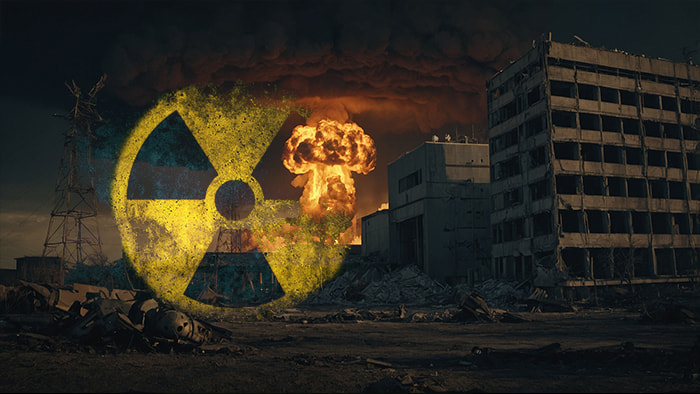When we think of nuclear disasters, the usual suspects like Chernobyl and Fukushima often come to mind. However, history is filled with numerous lesser-known incidents that are just as intriguing as alarming. From the icy reaches of Siberia to the heart of the American Midwest, these incidents reveal a fascinating and often terrifying glimpse into the world of nuclear energy. So, prepare to learn about some of the most obscure nuclear mishaps you’ve probably never heard of before.
1. The Kyshtym Disaster
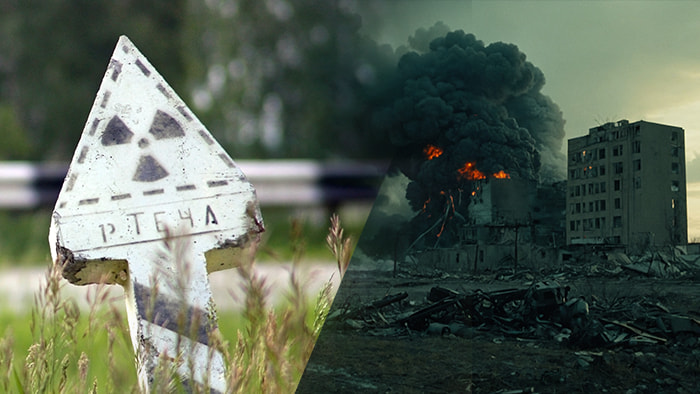
The Kyshtym Disaster, which took place in 1957, was a chilling reminder of the dangers of nuclear waste. Occurred in the Soviet Union, this incident involved the explosion of a storage tank at the Mayak Production Association, releasing a significant amount of radioactive material into the environment. Despite its severity, the disaster remained shrouded in secrecy for many years, contributing to its relative obscurity in the annals of nuclear history.
With a fallout zone covering thousands of square miles, the Kyshtym Disaster contaminated a large area and forced the evacuation of numerous villages. The Soviet government’s tight grip on information meant that details of the incident were not widely known outside the Iron Curtain until decades later. Today, it is a stark example of the potential hazards of managing nuclear waste and the importance of transparency in handling such crises.
2. The Windscale Fire
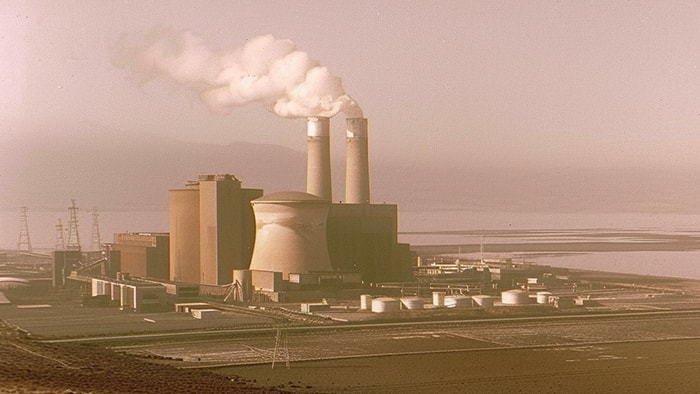
In 1957, the United Kingdom experienced its own nuclear nightmare with the Windscale Fire. This incident occurred at the Windscale facility in Cumbria when a routine heating process went disastrously wrong, igniting a fire in one of the reactors. The blaze burned for three days, releasing substantial amounts of radioactive iodine and polonium into the atmosphere, affecting nearby communities and leading to a significant increase in cancer rates.
The Windscale Fire was largely overshadowed by the political climate of the time, with the British government eager to downplay the disaster to avoid public panic and international scrutiny. It wasn’t until years later that the true extent of the contamination and its long-term health impacts became known.
3. The Goiânia Accident
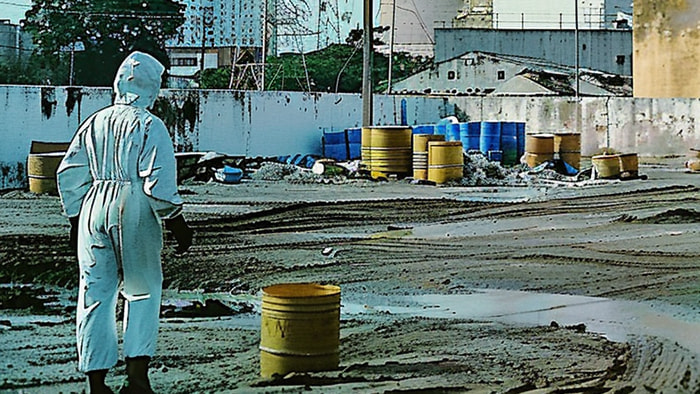
The Goiânia Accident in Brazil is one of the most infamous cases of radiation contamination resulting from improper handling of radioactive materials. In 1987, scavengers discovered a discarded radiotherapy machine in an abandoned clinic. Unaware of the danger, they dismantled the machine, exposing a highly radioactive capsule of cesium-137. The glowing blue powder fascinated the locals, who unknowingly spread the contamination, leading to severe health effects and several deaths.
This incident highlights the dire consequences of poor regulatory oversight and public unawareness about radioactive hazards. The Brazilian government had to undertake an extensive decontamination process, dismantling and burying entire houses and belongings. The Goiânia Accident remains a cautionary tale about the importance of securing and properly disposing of radioactive materials and the critical need for public education on the dangers of radiation.
4. The Tokaimura Criticality Accident
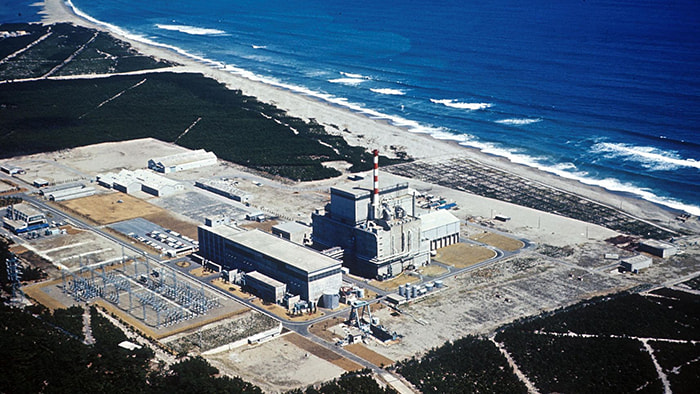
The Tokaimura Criticality Accident occurred in Japan in 1999. Workers at a fuel processing plant accidentally mixed too much uranium in a precipitation tank, causing a criticality event. The resulting chain reaction released intense radiation, exposing three workers to lethal doses and causing severe radiation sickness, among others. This incident shook Japan and led to sweeping changes in nuclear safety regulations.
Despite the immediate response, the long-term effects of the Tokaimura accident were profound. The radiation exposure had devastating consequences for the affected workers and prompted a nationwide re-evaluation of nuclear safety procedures. The incident spotlighted the importance of rigorous training, adherence to protocols, and implementing advanced safety systems in nuclear facilities.
5. The Three Mile Island Incident
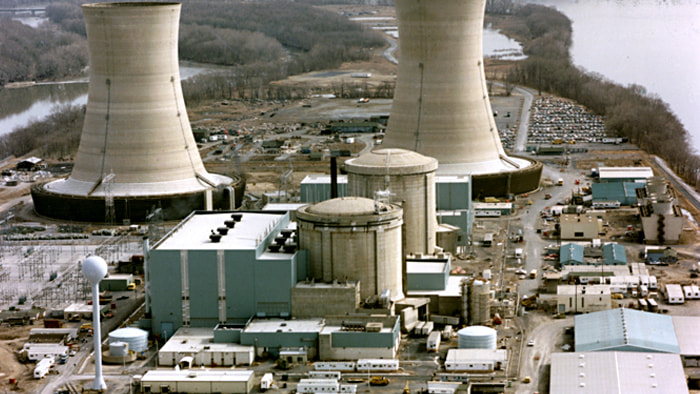
The Three Mile Island Incident in 1979 was a wake-up call for the nuclear industry in the United States. Located in Pennsylvania, the Three Mile Island plant experienced a partial meltdown in one of its reactors due to a combination of equipment failures, human errors, and design flaws. Although it didn’t result in significant radiation release or immediate health effects, the incident caused widespread public fear and distrust of nuclear power.
The aftermath of the Three Mile Island Incident led to significant changes in regulatory oversight and safety protocols within the nuclear industry. It remains a pivotal moment in the history of nuclear energy in the United States, illustrating both the risks and the potential for improvement in managing nuclear power safely.
6. The SL-1 Reactor Explosion
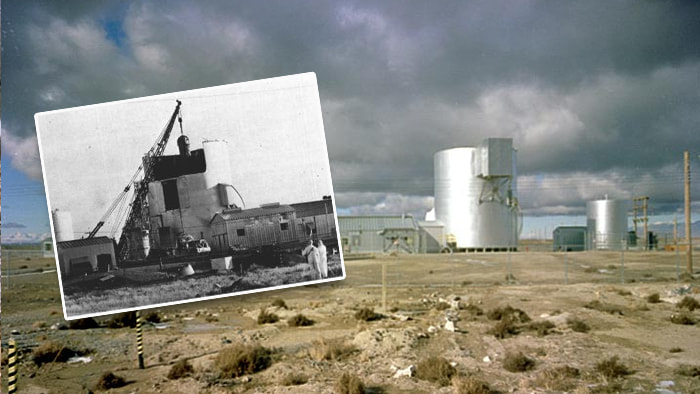
The SL-1 Reactor Explosion in Idaho in 1961 is one of the deadliest nuclear accidents in American history, yet it remains relatively unknown. This experimental reactor suffered a violent steam explosion and meltdown, killing all three operators on duty. The cause was traced to the improper removal of a control rod, which led to a critical power surge. The aftermath required extensive cleanup and decontamination, and the event remains shrouded in mystery and speculation.
This tragic incident highlighted the inherent dangers of nuclear experimentation and the vital need for stringent safety protocols. The SL-1 Reactor Explosion not only led to advancements in nuclear safety standards but also served as a stark reminder of the potential human cost of nuclear energy.
The history of nuclear energy is filled with hidden stories of near-misses and tragedies that remind us of the immense power and risks involved. Each of these incidents, while lesser known, played a significant role in shaping nuclear safety protocols and public perception of nuclear power. As we move forward, learning from these events is crucial for a safer and more transparent future. While on the topic of past events, why don’t you check these curious rulers with the shortest reigns in history?

